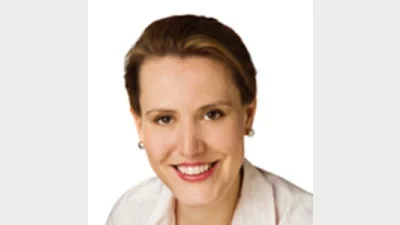O’Dwyer denies union agenda in Governance changes



The Federal Government’s legislative changes to superannuation fund governance are not specifically aimed at unions and industry funds, according to the Minister for Revenue and Financial Services, Kelly O’Dwyer.
Interviewed on national television this week, O’Dwyer denied the governance changes had anything to do with the Government’s agenda with respect to trade unions, or recent actions with respect to the Australian Worker’s Union (AWU).
The minister said the Government’s legislation was not simply one measure.
“We’ve got a superannuation system that we force people into because we want them to save for their retirement,” she said. Twenty-five years ago, it was worth about $136 billion. Today it’s over $2.3 trillion. That’s the retirement savings of millions and millions of Australians.”
“All we are seeking to do is to give the regulator powers to protect that money. To give them the powers to intervene before harm occurs. To make sure that that money is protected,” O’Dwyer said.
“And the laws apply to everyone, whether they’re in retail funds, industry funds or corporate funds. It applies equally across the board so that members can be confident that the decisions that are being made around their money is in their best interests.”
Recommended for you
Australia's largest super fund has announced its new chief financial officer as the fund prepares for its next phase of growth.
The industry super fund has appointed a new company secretary with extensive governance experience.
The fund has launched a new campaign after finding many older tradies have lacked confidence understanding entitlements and missed pension income.
Unions and the Opposition have raised fresh concerns about APRA and ASIC’s failures amid fallout from First Guardian and Shield.









